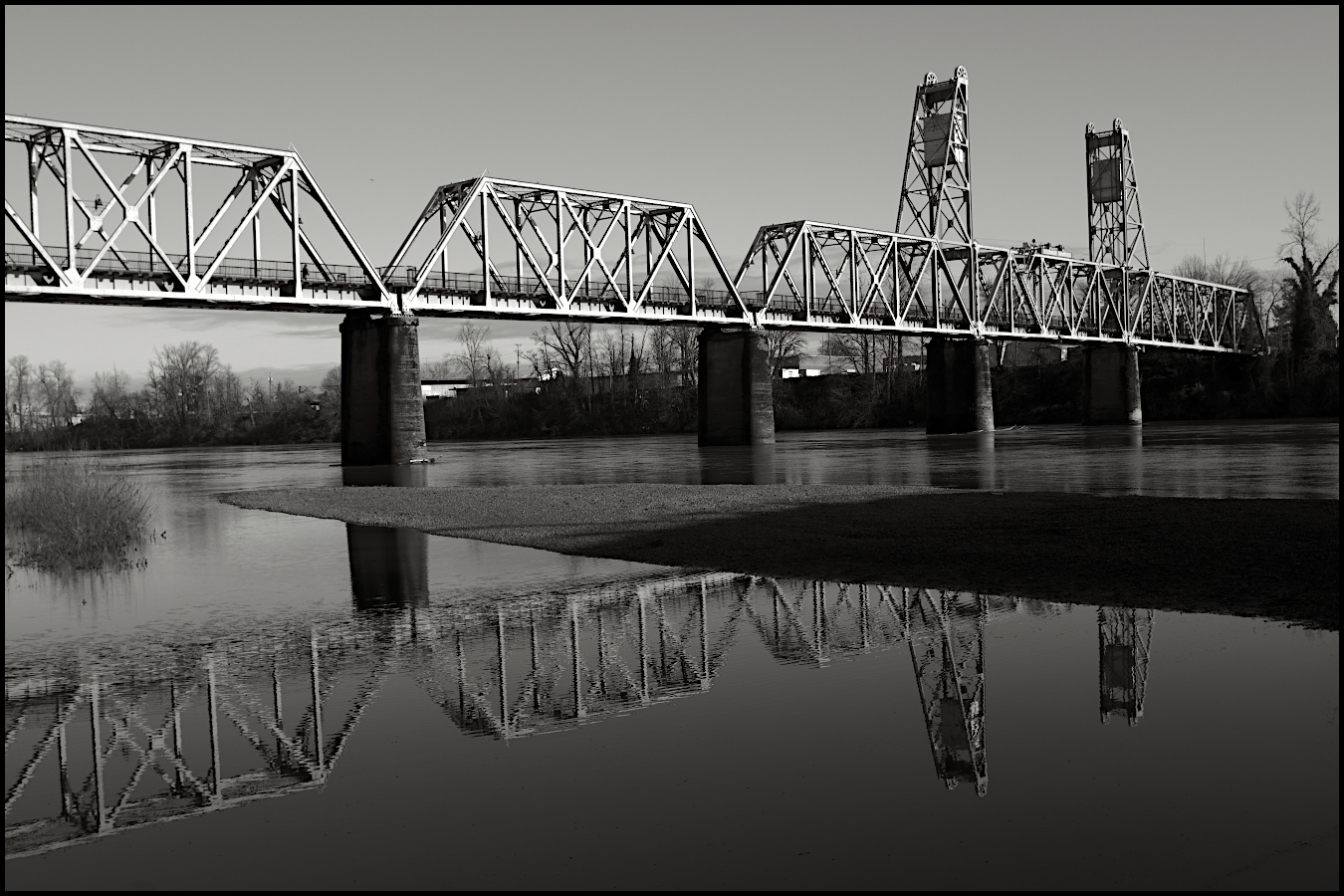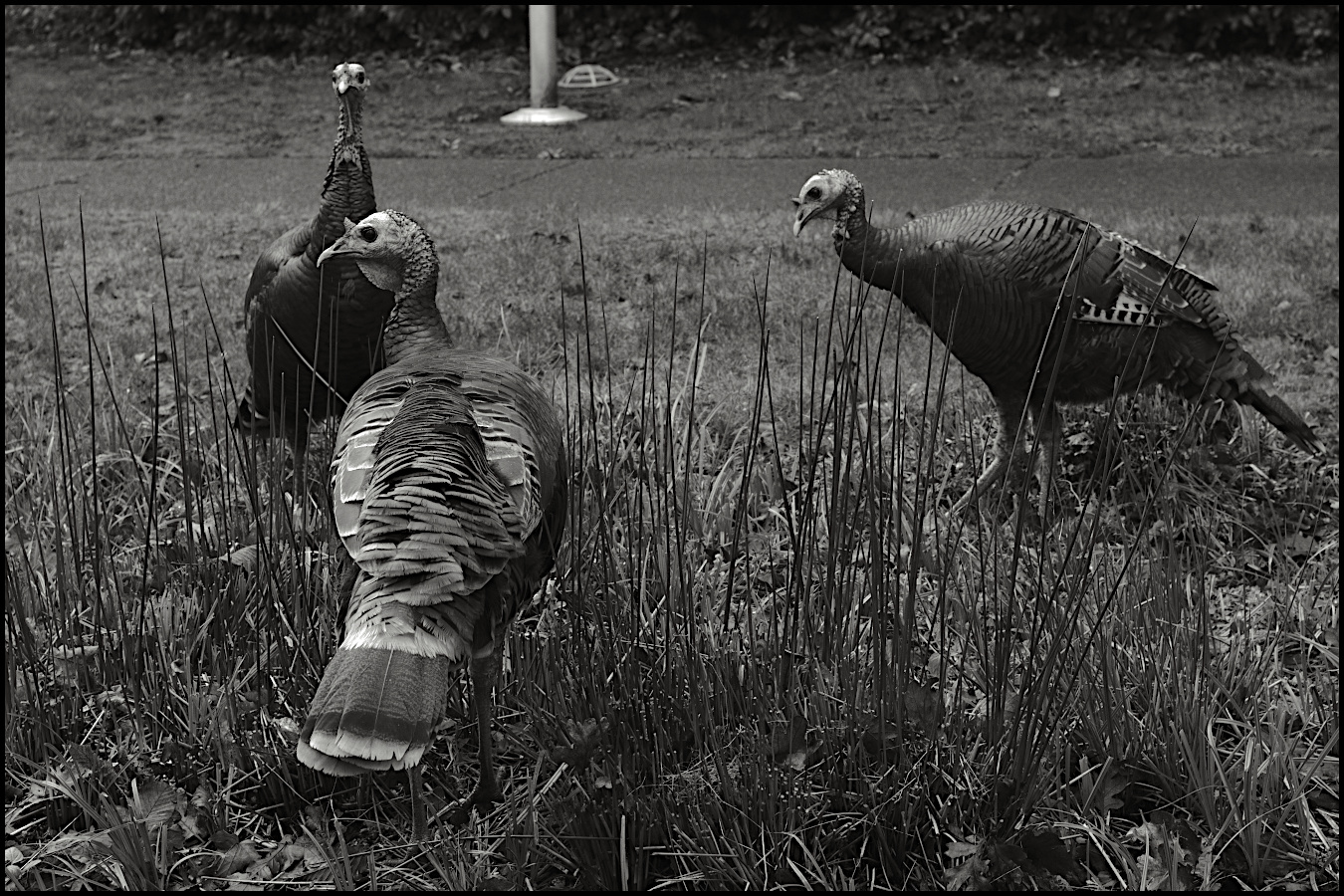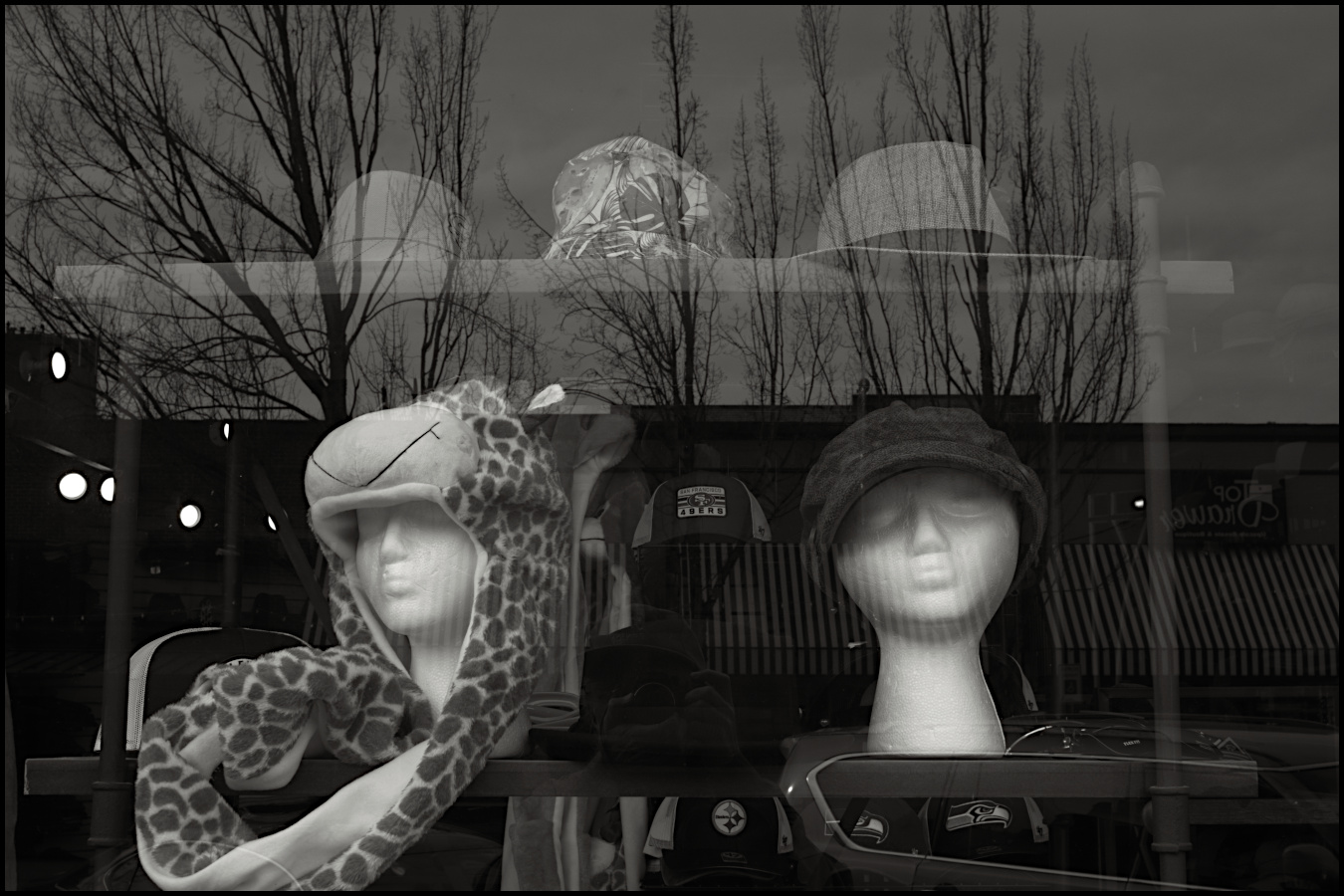JohnWolf
Well-known
Thanks, Marty. I imagine the number of GR users who primarily shoot BW far outweighs the K3 users who do. Anyway, who can complain about the current GRIIIs’ BW rendering?Lots of us are, but it’s very unlikely to happen. The Sony STARVIS IMX571BQR-J sensor in the regular/colour K-3iii was already offered in a monochrome version, the STARVIS IMX571BLR-J, so it was relatively simple for Pentax to make the K-3iii Monochrome. There is no pre-existing monochrome version of the sensor in the GRIII or the K-1 sensor, so whatever we want, we probably won’t get a monochrome version of those cameras.
Marty
John
Freakscene
Obscure member
The notion that zone system descriptors work for digital is not sensible. The zone system is intimately linked to the physico-chemical responses of film to exposure and development. For digital, expose so the highlights do not blow out and your job is done until you start post-processing.Responding to some of the comments about metering and EV adjustment. Yes, I have always used highlight weighted metering.
This camera has a very sensitive sensor. Possibly as a consequence of the bayer color array being removed. It has substantial exposure latitude especially in the shadows.
As a user on another forum suggested, in terms of the classic zone system, it may be better to place middle grey at zone iv during exposure, rather than zone v. This will provide additional highlight range in the upper zones during "development", while still retaining all the shadow detail you could ever ask for in the lower zones.
Freakscene
Obscure member
The GR monochrome files are very nice, but having a raw monochrome file to work with is much, much better.Thanks, Marty. I imagine the number of GR users who primarily shoot BW far outweighs the K3 users who do. Anyway, who can complain about the current GRIIIs’ BW rendering?
John
vitaly66
slightly tilted
Respectfully disagree.The notion that zone system descriptors work for digital is not sensible. The zone system is intimately linked to the physico-chemical responses of film to exposure and development. For digital, expose so the highlights do not blow out and your job is done until you start post-processing.
All the elements of a zone system mindset -- previsualization, placing values in a scene, exposures planned for development -- may be very usefully applied to digital photography.
As a medium, the main difference is that digital sensors are more like reversal film than negative film.
vitaly66
slightly tilted
titrisol
Bottom Feeder
Agreed, pentax has a knack for holding tons of details in the shadows but hihglight get blown up really easilyRespectfully disagree.
All the elements of a zone system mindset -- previsualization, placing values in a scene, exposures planned for development -- may be very usefully applied to digital photography.
As a medium, the main difference is that digital sensors are more like reversal film than negative film.
Even though the K3-3 manages that better
agentlossing
Well-known
You get lots of contrast in your images. Are you always processing the RAW files? And/or do you have a set point for JPEGs which gets you there, or gets you close?
vitaly66
slightly tilted
Yes, processing from raw (dng) files. Imported into the gimp through rawtherapee. Applying levels, then curves, then tweaks successively until it seems right, without trying to get there all in one go. The in-camera jpegs are useful for review as contact/proof prints, suggesting images suitable for "development".You get lots of contrast in your images. Are you always processing the RAW files? And/or do you have a set point for JPEGs which gets you there, or gets you close?
Of course this would be a ridiculous, primitive, and inefficient workflow for many, as it deals with a single image at a time. Okay for the time being -- gaining more experience working with the output of this camera along the way.
vitaly66
slightly tilted
vitaly66
slightly tilted
vitaly66
slightly tilted
vitaly66
slightly tilted
vitaly66
slightly tilted
Ko.Fe.
Lenses 35/21 Gears 46/20
I'm in Belgium. For whatever reason, I can't see your pictures straight. Only by clicking. But French makes it closer.
AAlfano
Well-known
I may be imagining this, but images I have seen from the K III M in this thread and others seem to have more depth or "3D pop" than images from other cameras. Anyone else agree? If so, do you think this is enhanced microcontrast resulting from removal of the Bayer filter?
Freakscene
Obscure member
I have a Pentax Monochrome and the Leica Monochrom. I’ve used their colour equivalents. The texture and three dimensionality of the B&W versions is mostly in the processing; @vitaly66 is clearly very good at it.I may be imagining this, but images I have seen from the K III M in this thread and others seem to have more depth or "3D pop" than images from other cameras. Anyone else agree? If so, do you think this is enhanced microcontrast resulting from removal of the Bayer filter?
vitaly66
slightly tilted
I may be imagining this, but images I have seen from the K III M in this thread and others seem to have more depth or "3D pop" than images from other cameras. Anyone else agree? If so, do you think this is enhanced microcontrast resulting from removal of the Bayer filter?
I have a Pentax Monochrome and the Leica Monochrom. I’ve used their colour equivalents. The texture and three dimensionality of the B&W versions is mostly in the processing; @vitaly66 is clearly very good at it.
Yes to both. In my view this camera makes it practically compulsory to get involved with some form of raw post-processing. And I'm fine with that: some modest effort and attention is more than amply repaid by the quality of the results.
Certainly many cameras/sensors out there have equivalent or better capabilities, monochrome or otherwise. Still, I am absolutely over the moon with the image qualities this camera can deliver. I love love love that it's b&w and b&w only. And the Pentax glass, from the older K- and M-series primes, to the newer DA "Limiteds", are blowing my socks off with their exquisite and classic character.
Freakscene
Obscure member
When I got the KiMono I thought that the lenses might be a liability; I’m still looking for the best autofocus fast normal, but the HD 35mm Macro is outstanding. The in body stabilization and amazing high ISO performance help a lot. The battery life is also amazing; it’s easy to forget that we took chunky batteries and lots of shots per charge for granted in the dSLR days.Yes to both. In my view this camera makes it practically compulsory to get involved with some form of raw post-processing. And I'm fine with that: some modest effort and attention is more than amply repaid by the quality of the results.
Certainly many cameras/sensors out there have equivalent or better capabilities, monochrome or otherwise. Still, I am absolutely over the moon with the image qualities this camera can deliver. I love love love that it's b&w and b&w only. And the Pentax glass, from the older K- and M-series primes, to the newer DA "Limiteds", are blowing my socks off with their exquisite and classic character.
And I also got it because it was B&W and B&W only.
Marty
Last edited:
agentlossing
Well-known
The "pay more for less" concept behind this specialized monochrome camera is strangely enticing to me. I wish I could consider it in any way a discretionary purchase. Maybe if I sold my GRIIIx -- but I couldn't do that.
vitaly66
slightly tilted
The "pay more for less" concept...
It's all a matter of perspective. From my own perspective, there is nothing at all "less" about the b&w sensor. For one thing, color photography -- whether film or digital -- holds utterly zero personal interest. Don't need it, don't want it. Nothing shrivels my passion for photography faster. From this perspective, it's all those cameras with color sensors that are fundamentally crippled and flawed and "less". Meanwhile, there is a great deal of "more" in the monochrome, by way of more sensitivity, more resolution, and unquantifiably more of certain non-technical intangibles like richness and character. Honestly, sometimes this camera makes it feel like the Panatomic-X emulsion has been miraculously reborn, only with magical new powers and capabilities. It is way "more" -- more thrilling than I ever imagined.
Okay, maybe I got a little carried away there ;>
Share:
-
This site uses cookies to help personalise content, tailor your experience and to keep you logged in if you register.
By continuing to use this site, you are consenting to our use of cookies.







